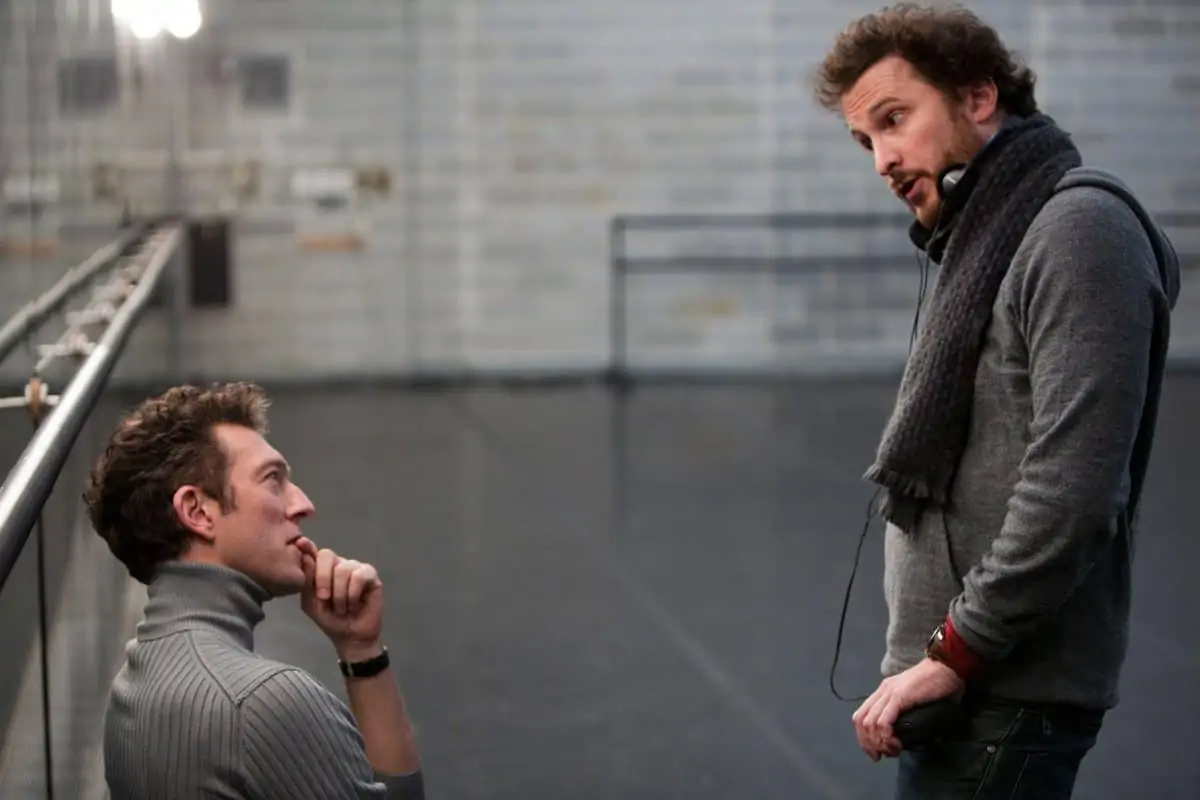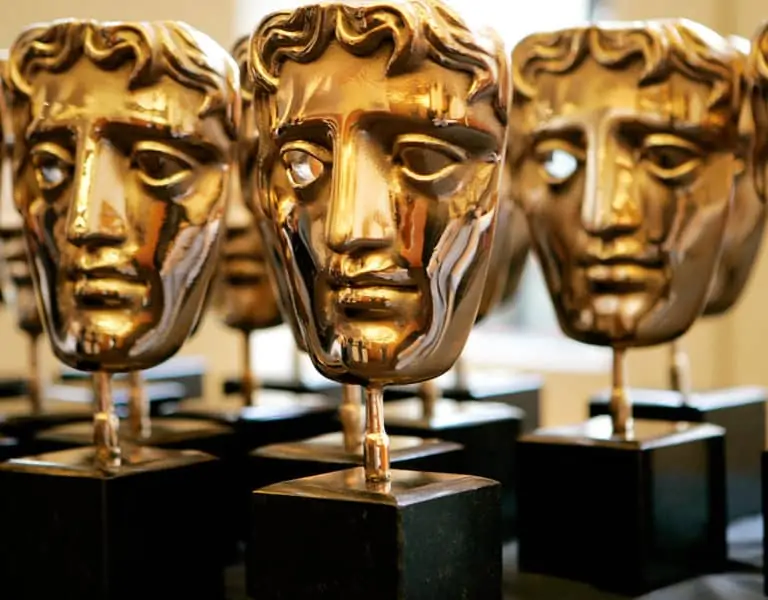Look Natural
Matthew Libatique ASC / Noah
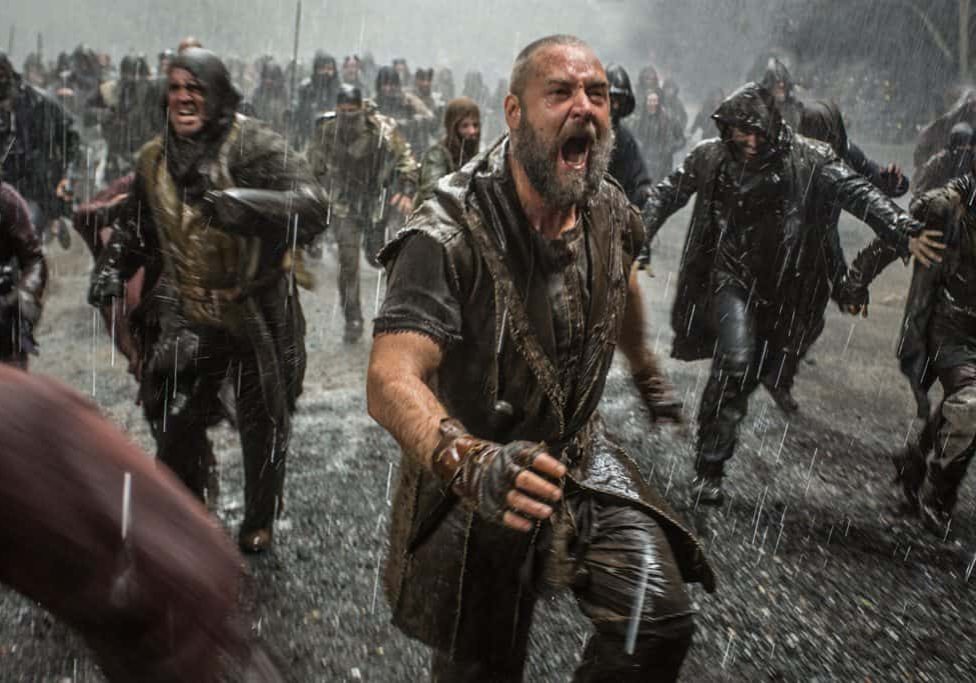
Look Natural
Matthew Libatique ASC / Noah
“Man corrupted this world and filled it with violence, so he must be destroyed,” so spake Methuselah. The collaboration of director Darren Aronofsky and cinematographer Matthew Libatique ASC has resulted in some of the most extraordinary and visually-arresting cinema of the past 15 years – beginning with Pi, continuing with Requiem For A Dream, The Fountain, and more recently, Black Swan.
Shot on 16mm, Black Swan earned the duo a pair of Academy Award nominations, along with a Best Picture nod and an Oscar for actress Natalie Portman. Libatique’s eclectic CV also includes Miracle At St. Anna, Inside Man, Tigerland, Gothika, Iron Man, Everything Is Illuminated and Ruby Sparks.
Aronofsky and Libatique have now turned their formidable talents towards the apocalyptic biblical tale of Noah and the Ark, culminating in an epic battle between the prophetic Noah (Russell Crowe) and the hordes of less-deserving humans who suddenly realise that their doom is raining down from the sky. The cast also includes Jennifer Connelly, Anthony Hopkins, Nick Nolte and Emma Watson.
“I didn’t want to get over-stylised with the film,” says Libatique. “There was so much going on in the production design, at the locations, and in the wardrobe, hair and make-up, that I felt like I didn’t need to go the extra mile to put another patina on top of that. I felt like if I just shot it straight, with an idea towards naturalism, and a controlled palette – with the palette mainly being controlled by the production design – it would render itself semi-stylised in terms of look. But the approach was natural.”
Asked about shifting his mindset from a more personal, intimate film like Black Swan, to an epic like Noah, Libatique replies, “The only thing that really changed in terms of the scale of the undertaking is the number of characters this film has. If you look at Darren’s work, no matter how many actors he has, it’s really about one person. You might think that this film would be more subjective, but it just couldn’t be that way. There were so many complicated, dramatic character arcs, including Noah’s, his wife’s, and his sons’. All those characters needed to be serviced in term of coverage. Darren works in a subjective sort of way – he doesn’t do a lot of overs, and he keeps the camera basically clean on the character he’s focusing on.
“In Black Swan, we knew where the camera was going to go every single time, because it was essentially one person driving that scene. But in this film, Noah, there was a lot of back and forth, and dramatic tension, between Noah and his family. It was a little more complicated, and we had to get our heads around the method of coverage. But in terms of the grand scheme, it was very similar to what we’ve always done. I’d say it’s stepping back from the controlled atmosphere of The Fountain or Requiem For A Dream, and being more free and less stringent with the camera, more like Black Swan.”
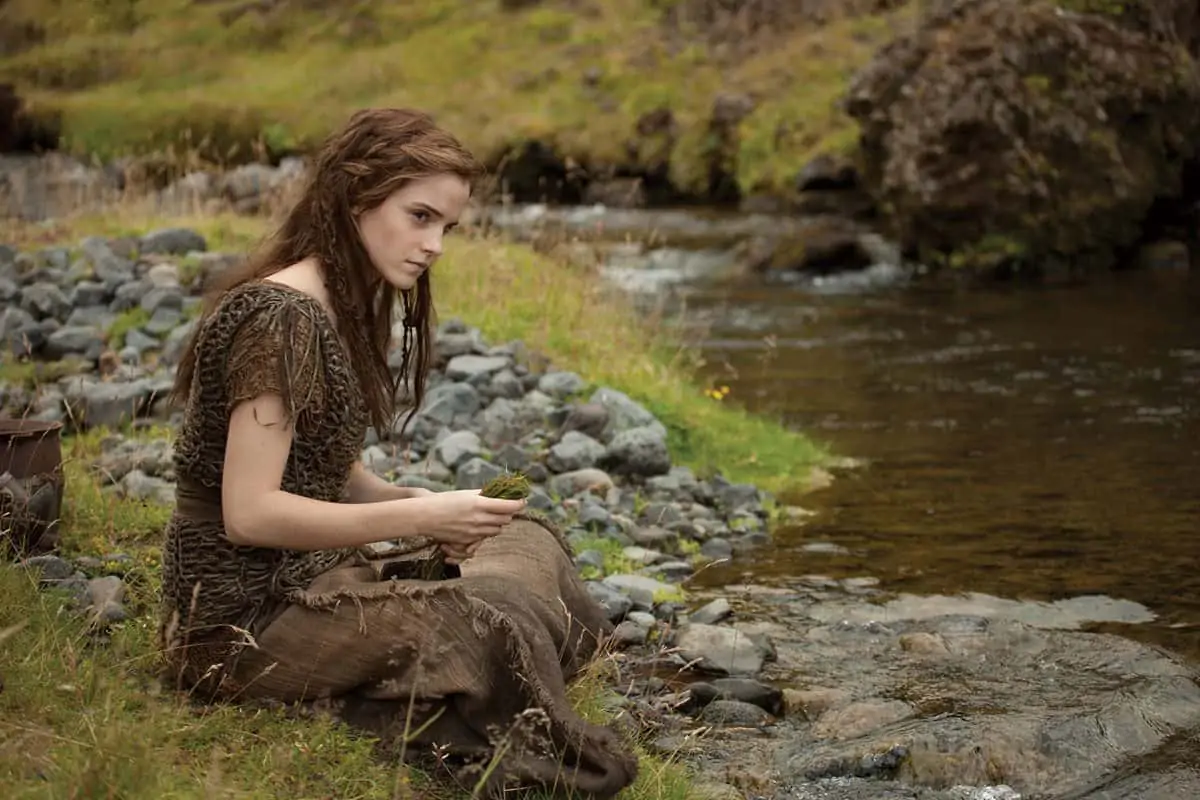
“I ended up pushing two stops and rating it at around 1,200,” he says. “The reason for that was that I wanted to polarise as a way of controlling all the highlights that were happening because of the water. I was trying to make all these separate lights feel like one single source. So I did a lot of heavy polarisation throughout that scene, losing two stops. I was aiming for a stop of four, so it required a lot of light. I lit the scene to an eight or eight and a half.
“The thing that bothers me most about rain is the presence of artificial light,” Libatique explains. “When you put a light up low in the rain, suddenly it reeks of artifice to me. So I tried to limit that. I didn’t keylight anybody, and I never brought any lights low to anyone’s face. I kept everything high, and I tried to get a spread of light in the sky, as high as I could, so it felt like it was coming from clouds. So the light position, and the light direction and quality, in combination with the polariser, makes it more successful.”
The filmmakers chose to frame the story in a Super 1.85 frame. They shot on 35mm film stock for the most part, primarily with Zeiss Ultra Prime lenses. Angenieux Optimo zoom lenses were also used in the battle sequence. Most of the equipment was provided by Camera Service Center in New York City.
In the battle scene, Noah and the “watchers,” sometimes described as six-armed angels, are defending Noah’s family and the Ark from Noah’s brother-in-law and thousands of his sinful followers. Naturally, the weather is overcast and rainy. The scene was mounted out of doors in August, at Planting Field Arboretum in Upper Brookville in New York, on Long Island. Controlling the light was the first task.
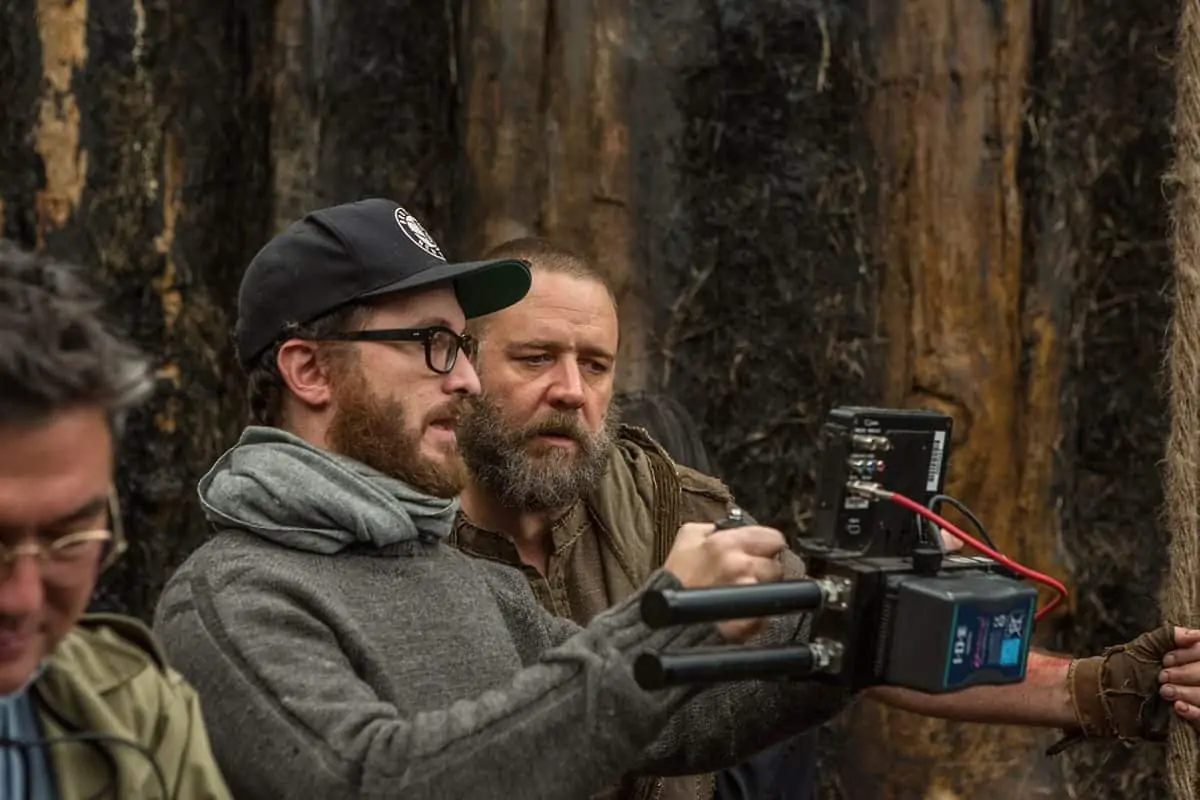
Libatique considered a very large cover or silk, but that was deemed impractical, and in the end the solution was to go night-for-day. About 18 HMI balloons, some 36,000 watts and other 18,000 watts, were suspended above the field and the rain machines to create controllable daylight.
The battle scene lent itself to a little more stylisation, according to the cinematographer. For closer shots, Libatique used Kodak Vision3 500T 5219 colour negative, uncorrected for the HMI light illuminating the scene.
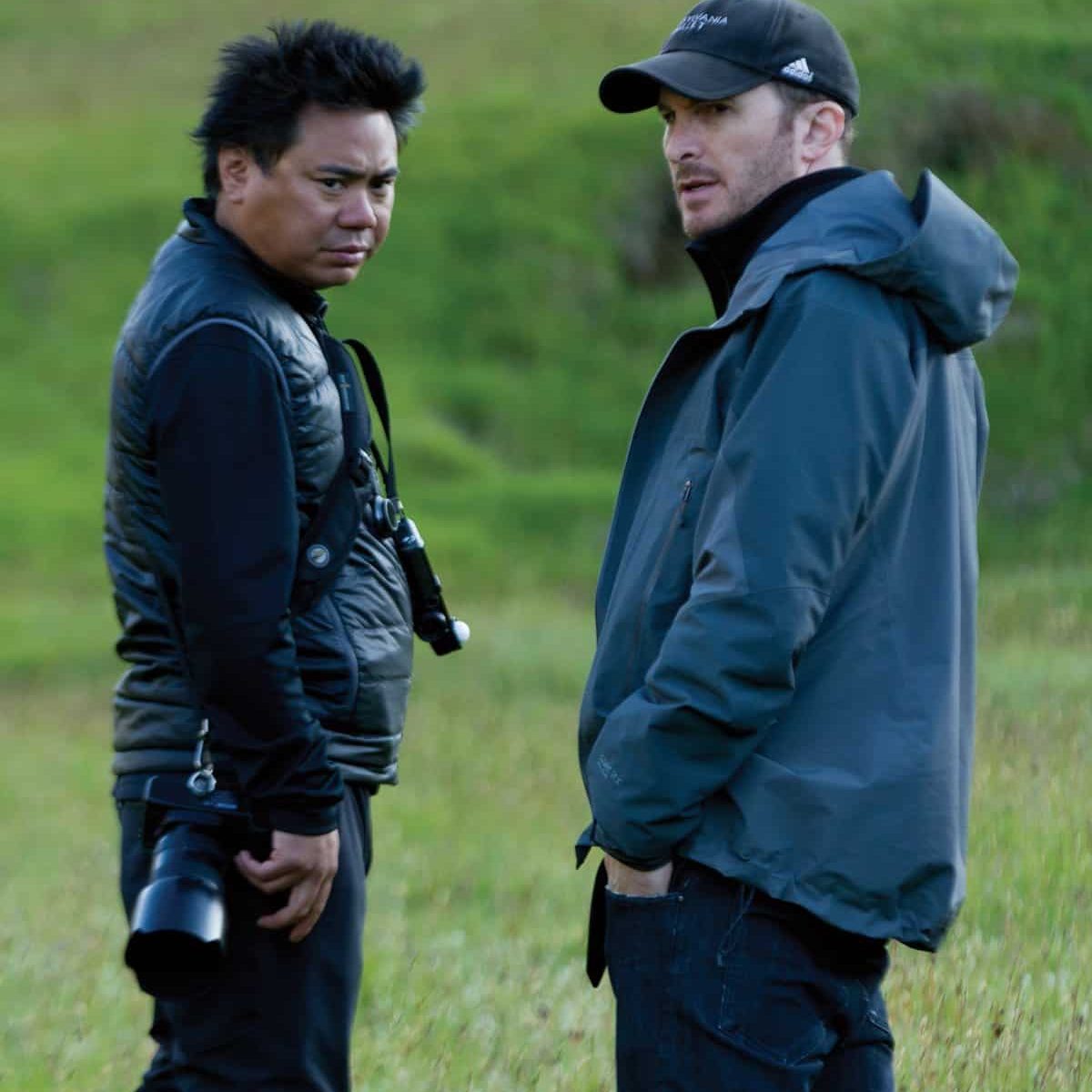
"I was trying to make all these separate lights feel like one single source. So I did a lot of heavy polarisation throughout that scene, losing two stops."
- Matthew Libatique ASC
A couple exceptions to 35mm film origination were wide shots in the epic battle scene, where Libatique felt he needed the additional latitude in underexposure that the ARRI Alexa offers.
“The reason we went with Alexa there is because of the low-end sensitivity,” says Libatique. “I didn’t want to get too muddy or grainy. We needed a bunch of really wide shots, and the visual effects people needed shots with the low, even light that happens in a storm. Alexa allowed me to get as much information as possible in darkness at that time of day. We also used it on a bunch of helicopter plates in Iceland.”
The Alexas were used in conjunction with Codex Digital Recorders, which captured images in ARRIRAW format.
“That’s the way to go when you’re making a film because you need that latitude, and you need that resolution, especially for our purposes,” says Libatique. “We were doing a visual effects movie, and whatever makes their job less difficult, I think is important. In the helicopter, I could keep an eye on the recorder that was sitting right next to me. Having that ability was amazing.”
The negative was scanned on an ARRILaser at 3K, and digital intermediate was done at Technicolor in New York with colorist Tim Stipan.
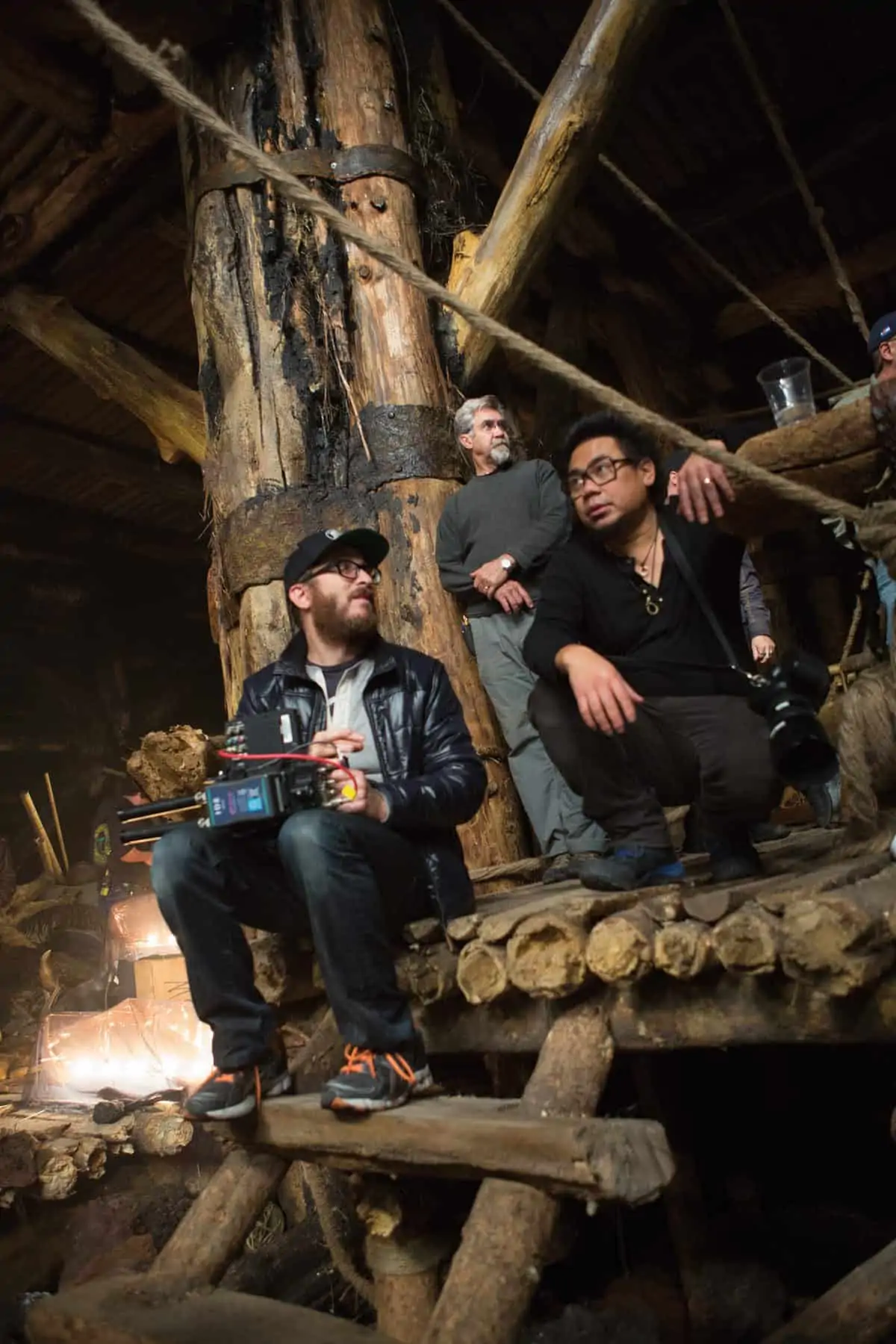
“The DI is just fine-tuning my original intention, especially since we shot film,” says Libatique. “I shot stills of every single set-up, and spent the evenings colouring those stills to what I thought the scene should look like. Then I e-mailed those stills to my colourist, and it became an on-going diary and dialogue. Tim did a first trim pass referencing my stills. In later passes, some beautiful things happened on film that didn’t happen in the digital stills, so we embraced those things. Slowly, we found where the negative really wanted to be. We didn’t have to force it into a look, and we rarely had to fix it. We would adjust visual effects shots, but we rarely swing a look into something where the negative didn’t want it to be. That just means more artifice. Instead of a 2K scan for the dailies and for the DI, we went with HD dailies and a 3K scan for the DI later on. I feel like I’m getting more out of the negative and more out of the image – more of what I expected to get out of it – than if I had gone with 2K dailies.”
Libatique has now moved on to his next assignment, Pele, about the life of the Brazilian football legend.




